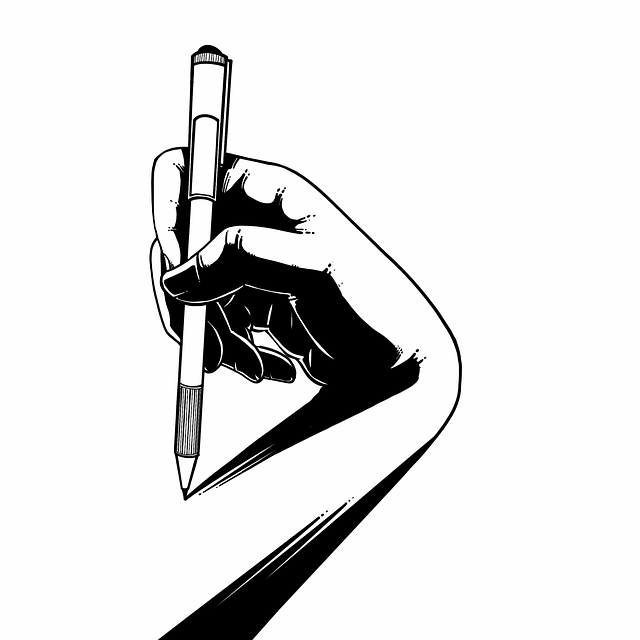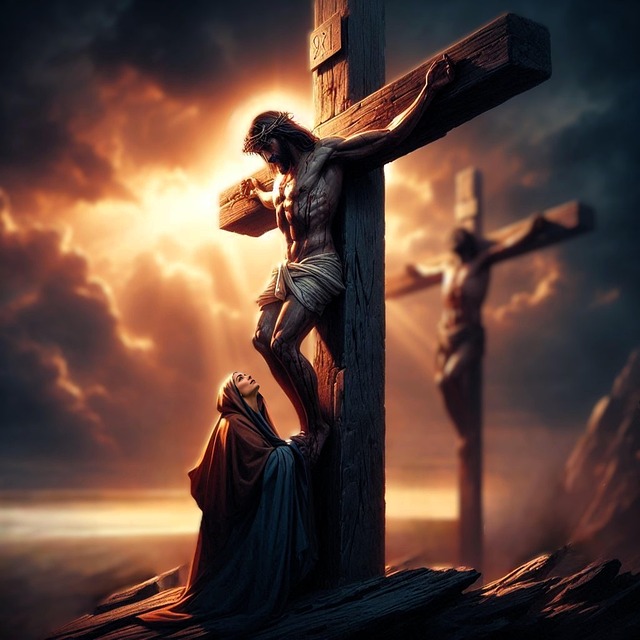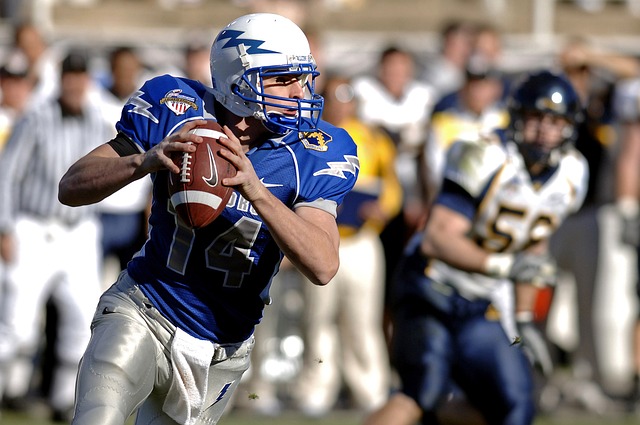“I desired dragons with a profound desire,” fantasy writer J.R.R. Tolkien once said about his childhood imagination, captivated as he was with the creatures of myth. That desire shaped his work for the rest of his life, and Tolkien’s Smaug, the great fire breathing villain of The Hobbit, has loomed large in our cultural imaginations, but he was far from alone in his fascination.
Cultures around the world told stories about enormous, powerful, serpent-like creatures for centuries. From Mesopotamia to China and ancient Greece, the dragon has slithered alongside humanity, its lore ever-evolving, though many of the tropes are familiar even today: It crouches in caves on piles of gold, reeking of brimstone, waiting for intrepid heroes, or they take to the air, an ominous shadow that passes overhead, sometimes reaching down to snatch cattle or even humans to eat. The modern fire-breathing, treasure-hoarding dragon of popular culture coalesced out of diverse sources and traditions, but historically, in Europe, slaying a dragon was the ultimate hero stunt, a mainstay of epic sagas and medieval saints’ lives.
And the lure of the dragon shows no signs of abating: From HBO’s series House of the Dragon to Rebecca Yarros’s Empyrean book series, dragons continue to fascinate. Yarros’s recently released third instalment, Onyx Storm, debuted as the fastest-selling adult release in 20 years. The series follows Violet Sorrengail as she journeys through a war college for dragonriders, transforming from a quiet scholar to an aerial hotshot, forging an alliance with one of the biggest, baddest dragons in her world. It’s an unlikely pairing that speaks to our enduring—if ever-shifting—interests in the mythical beasts.
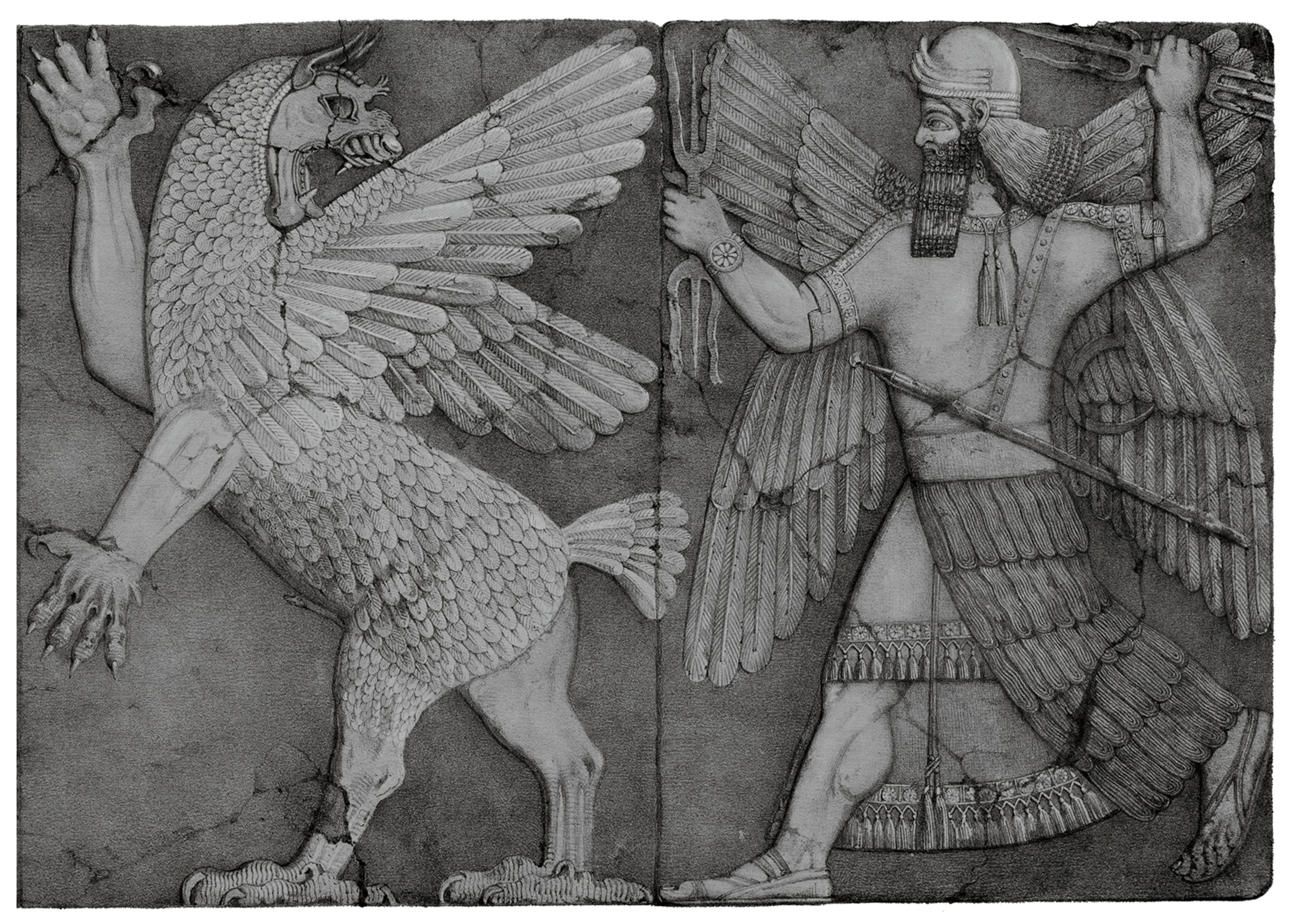
In this engraving of a bas relief excavated from the ancient Assyrian city of Nimrud, a chaos monster, depicted as a dragon, is driven out of a temple by the Mesopotamian Sun God.
Photograph by Pictures from History/CPA Media Pte Ltd/Alamy Stock Photo
What is it about the dragon that draws storytellers again and again? Dragons are a terrifying force of nature, a giant, scaly reminder that humans aren’t always at the top of the food chain. That’s what gives them their narrative power and makes them so perfect to demonstrate an individual figure’s valor, cleverness, strength, toughness, or even piety—whatever virtues a culture might value most. They’re a brimstone-breathing menace, a chaos agent with a whipping tail, and so naturally, they’re ascendant once again, right now, in a time of upheaval, in a world recently upended by a global pandemic and myriad other disasters, manmade and natural alike.
After years of tumult, it feels as though a dragon might very well suddenly appear on the horizon, belching flame and carrying off villagers. No wonder pop culture is so invested in heroines and heroes strong enough to tame a fire-breathing beast.
(‘Faerie smut’ is having a moment–just like it did in 1500)
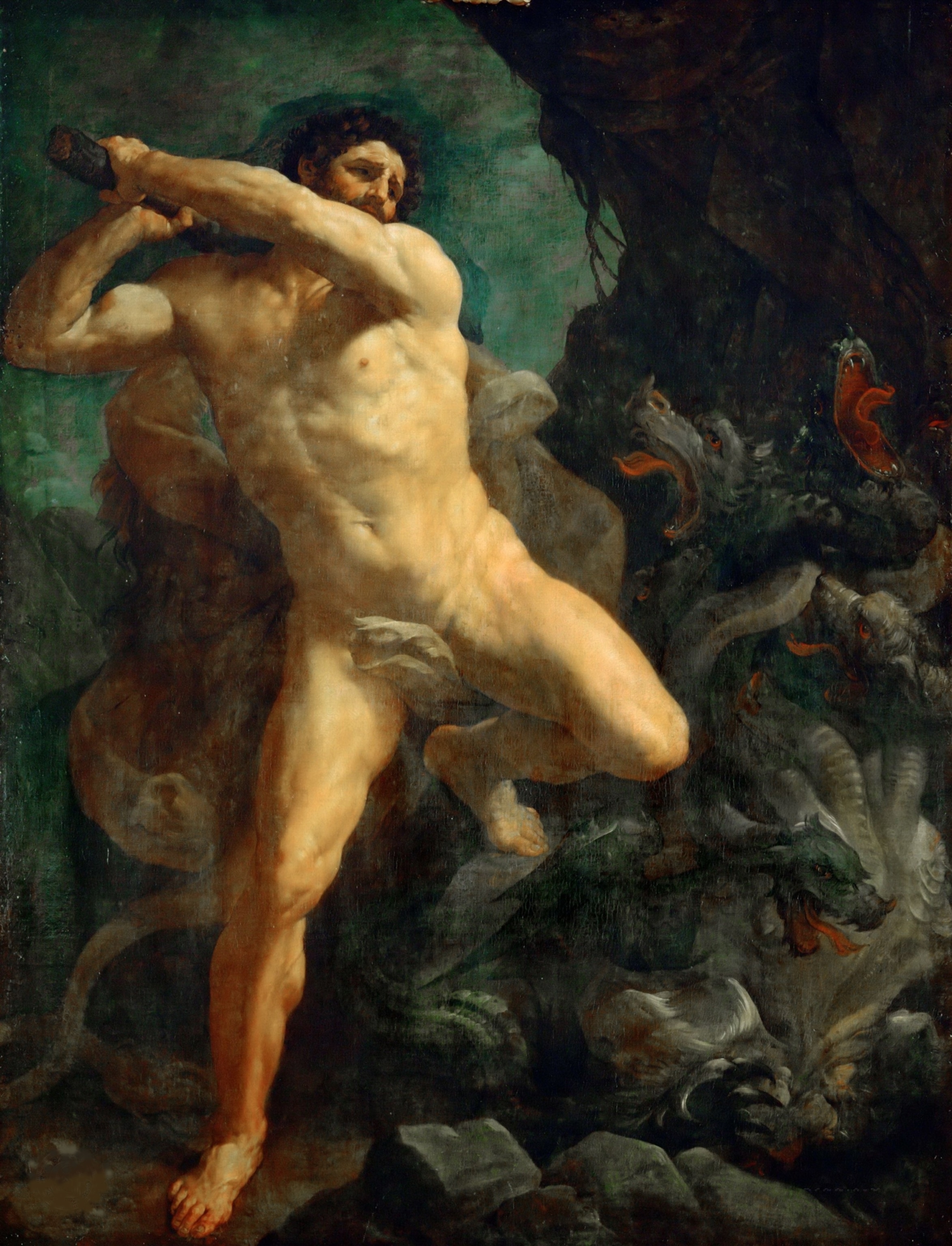
A painting by the Italian Baroque artist Guido Reni depicts the Green and Roman demigod Hercules slaying the Hydra of Lerna. This painting was completed circe 1620 and is located at the Louvre, Paris.
Photograph by Fine Art Images/Heritage Images/Getty Images
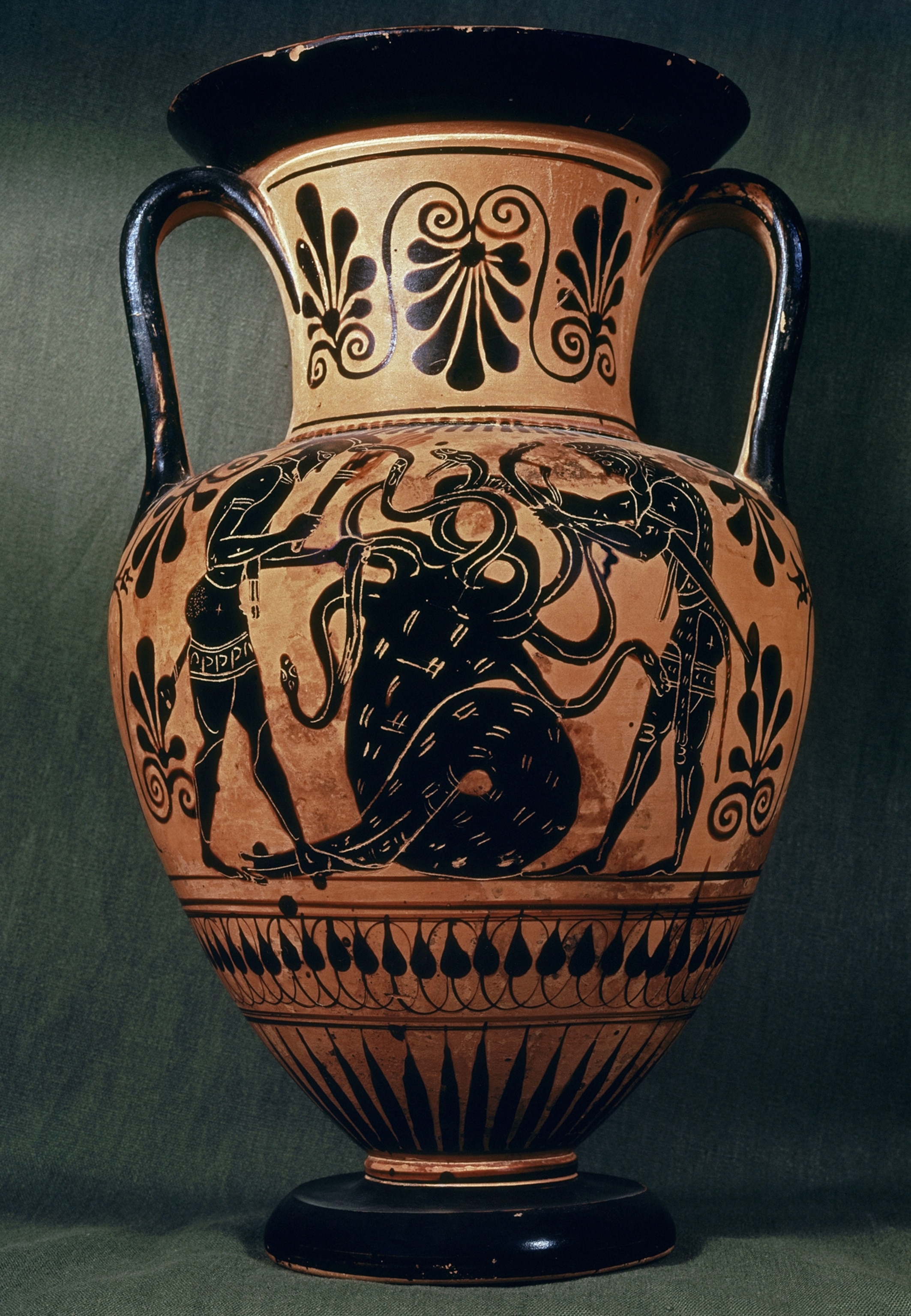
A Greek amphora from the 6th century CE depicts Hercules defeating the Hydra. Dragons appear in the western tradition dating back to ancient Greece. Greek is the original source for the English word: drakon became the Latin draco.
Photograph by Album, Alamy Stock Photo
From the drakons of ancient Greece to Saint George and early Christianity
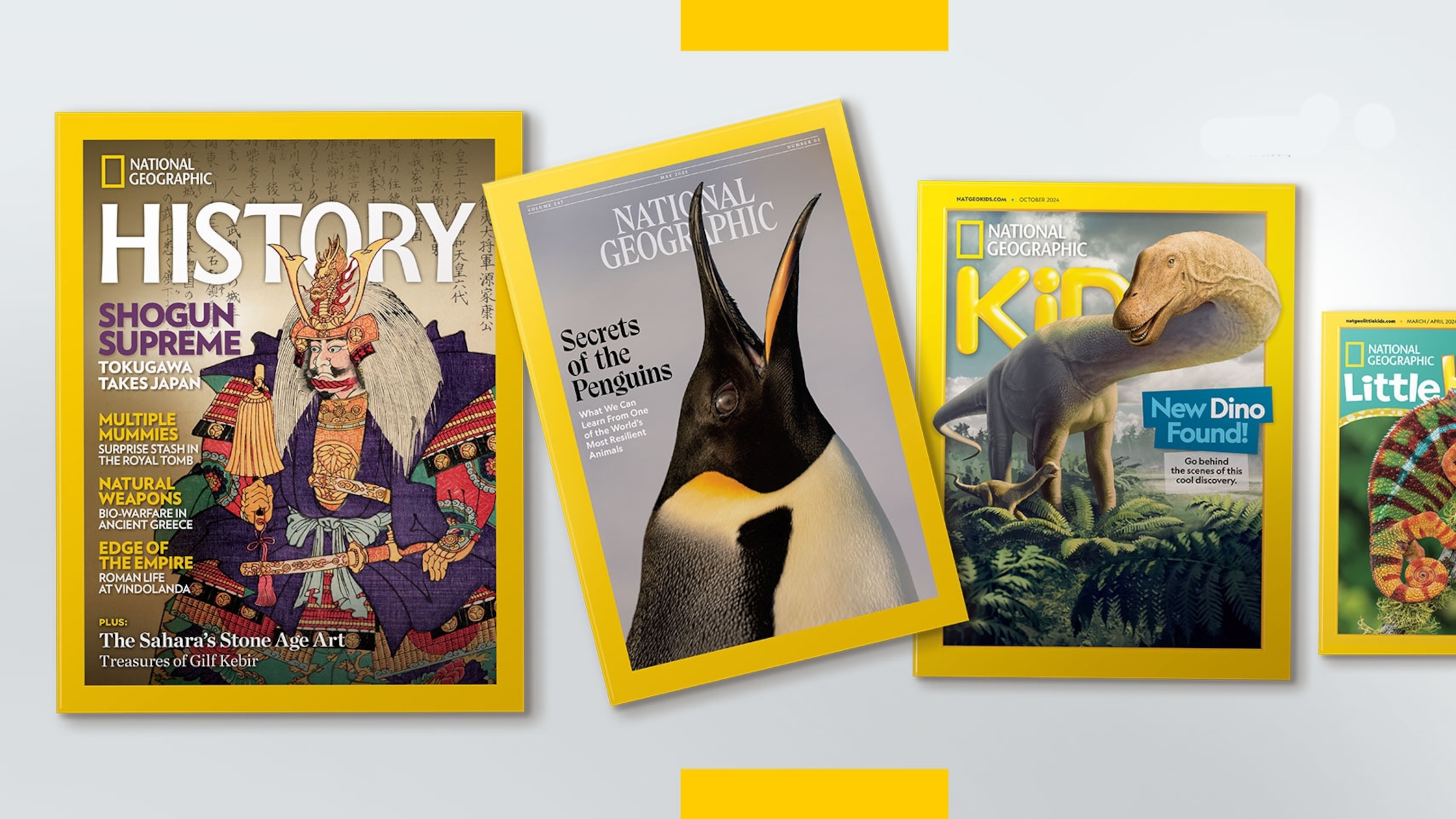
LIMITED-TIME EARTH MONTH OFFER
Get a bonus issue with all magazines
Dragons appear in the western tradition dating back to ancient Greece, centuries before the birth of Christ. (Greek is the original source for the English word: drakon became the Latin draco.) Dragons appear repeatedly in Greek myth. When Jason and his Argonauts finally reached Colchis, the location of the magical Golden Fleece, he had to face a dragon guardian, and the god Apollo killed a drakon associated with the prophetic Oracle at Delphi, claiming the sacred site for himself. Roman cavalry, meanwhile, carried them as battle standards.
Dragons often play a very different, much more benevolent part in the traditions of Asia—for instance, in China, they’re often symbols of state power and good fortune, depending on the context—but in Europe they’ve historically been considered a deadly menace. Beowulf, hero of the great Anglo-Saxon epic composed somewhere between the seventh and tenth centuries AD, is ultimately killed while battling a terrifying fire-breathing dragon:
“The dragon began to belch out flames and burn bright homesteads; there was a hot glow that scared everyone, for the vile sky-winger would leave nothing alive in its wake.”
In the 13th century Old Norse Völsunga Saga, the hero Sigurd slays the slithering, poison-spewing dragon Fáfnir, crouching in a pit so he can ambush the creature.
As Christianity rose as the dominant religion of Europe, dragons were often cast as wicked antagonists in stories of Christian triumph. “From the northern coast of Africa to the highlands of Scotland, in the visions of martyrs and the deeds of missionaries, dragons were a menacing obstacle to the advancement of the Christian faith,” writes historian Scott G. Bruce.
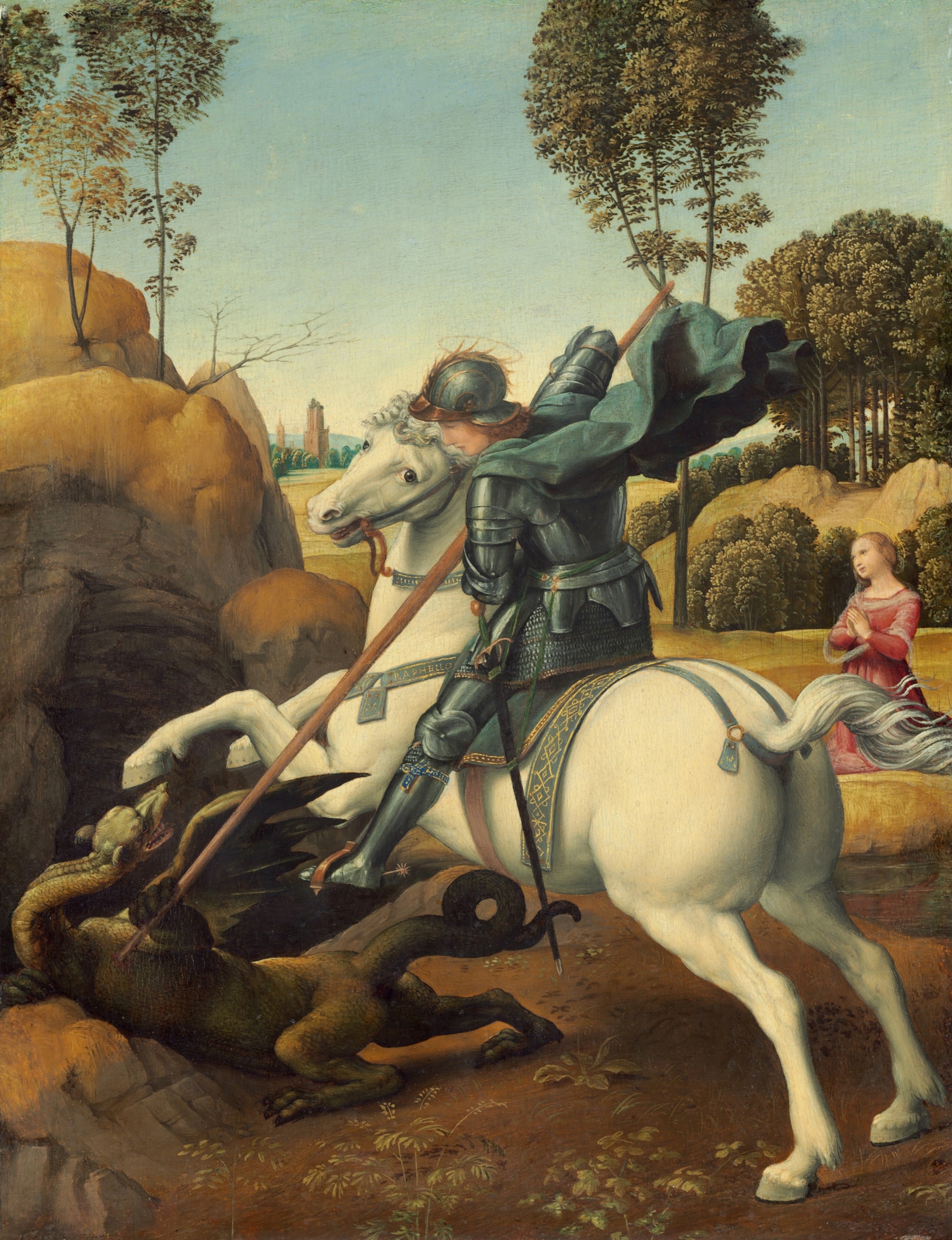
Raphael portrayed Saint George slaying the dragon in an oil painting in 1506. George trouncing the dragon was a fixture in the Christian visual tradition for centuries.
Photograph by Sepia Times/Universal Images Group/Getty Images
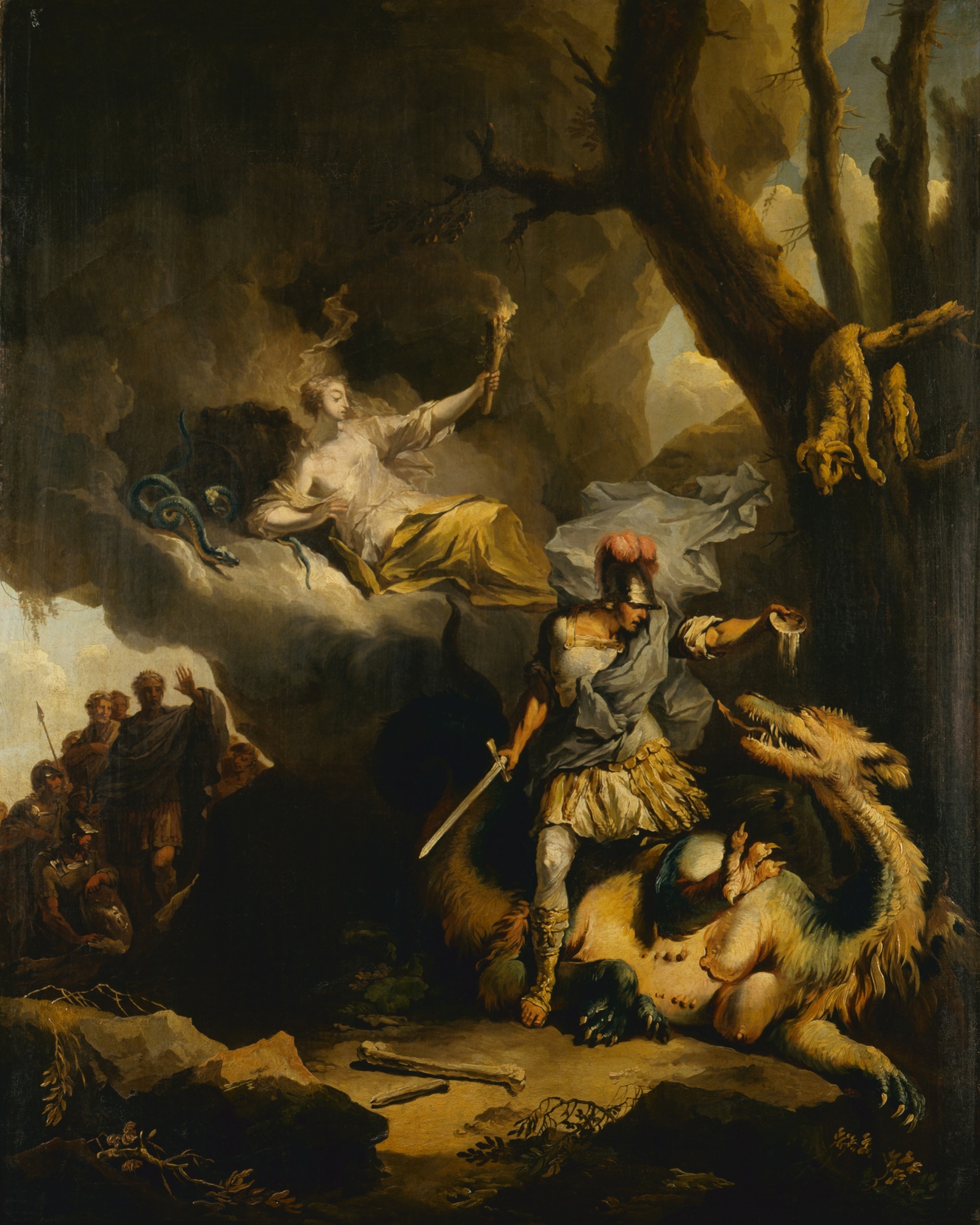
Here, German painter Christian Wilhelm Ernst Dietrich depicts Jason slaying the Colchian Dragon, guardian of the Golden Fleece. Slaying the dragon has historically been the ultimate hero stunt.
Photograph by Fine Art Images/Heritage Images/Alamy Stock Photo
Saint Margaret of Antioch was swallowed by a dragon, while in the Book of Revelations, the archangel Saint Michael defeats Satan in the form of a seven-headed red dragon. But the most famous of them all is, of course, Saint George, the early Christian martyr who became an important symbolic figure in the Crusades as a warrior saint.
The story of his battle against the dragon was included in the Legenda Aurea, or Golden Legend, a 13th century record of the lives of the saints by Jacobus de Voragine, which was popular across medieval Europe. De Voragine says that Saint George was from Cappadocia, in modern-day Turkey, and went to Silene, in Libya, where he discovered that a dragon had “envenomed” the surrounding area. The locals had attempted to placate its children and young people, until finally it was the king’s daughter’s turn. Saint George decided to help her in the name of Jesus, smiting the dragon with his spear.
George trouncing the dragon became a fixture in the Christian visual tradition, appearing for hundreds of years in paintings, stained glass, and sculpture, often with the dragon being trampled underneath the saint’s feet or the hooves of his horse as he spears it. (This makes the dragon look a bit unimpressive—about the size of a golden retriever, or a particularly large river otter.)
Saint George’s hagiography looms particularly large in the United Kingdom, where Edward III made him the patron saint of his chivalric Order of the Garter in 1349. His place in the national consciousness even survived the Reformation, though with a bit of tweaking: there’s still a Lord Mayor’s Procession through the city of Norwich led by a mechanical dragon dubbed “Snap,” designed with a mouth that opens and closes in order to snap at the gathered crowds. Over time, Saint George in his gleaming, anachronistically Late Middle Ages plate armor became the prototypical dragon slaying knight in the English language tradition.
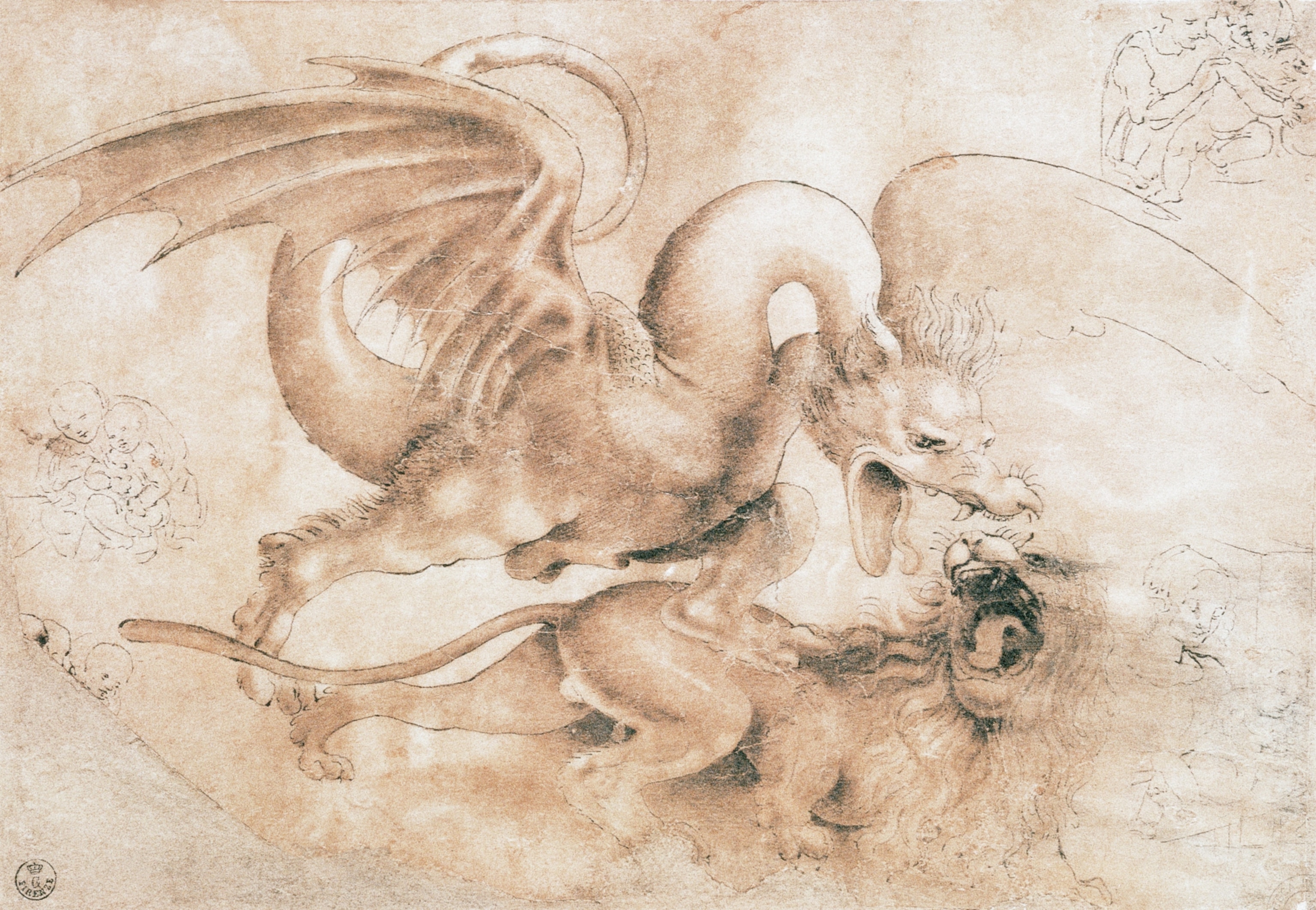
Leonardo da Vinci’s Renaissance sketch depicting a fight between a dragon and a lion.
Photograph by Vincenzo Fontana, Corbis/Getty Images
The Hobbit and the rise of sword and sorcery
You May Also Like
Nobody did the dragon quite like Tolkien. Before he rose to fame as the author of The Hobbit and The Lord of The Rings, Tolkien was an Oxford University professor of Anglo-Saxon for many years—and works like Beowulf and the Völsunga Saga were hugely influential on his fiction. Years later, he would trace his love of dragons back to his childhood encounters with those epic stories: “The world that contained even the imagination of Fáfnir was richer and more beautiful, at whatever cost of peril,” he wrote in his 1947 essay “On Fairy Stories.”
Influenced by centuries of dragon lore, he created one of the great dragons of 20th century fiction: Smaug, the enormous red dragon who drives the dwarves from their home in the Lonely Mountain, setting into motion the events of The Hobbit. In all his fire-breathing, village-smiting glory, Smaug is the clear descendant of Beowulf’s dragon, but Smaug is a character in his own right, with voice and personality. Smaug is a sly figure, ensconced on the enormous pile of gold and treasure that he killed many, many people to obtain. He’s pleased to brag about it, too, boasting to the titular hobbit about all the men he’s killed and the strength of his claws, teeth, armor, and wings. Nevertheless, the dragon is defeated with a little combination of valor, observation, and luck.
Tolkien would set a standard for generations of fantasy writers to follow.

In the 13th century Old Norse Völsunga Saga, the hero Sigurd slays the slithering, poison-spewing dragon Fáfnir. The Völsunga Saga later influenced J.R.R. Tolkien. An illustration by John Bauer depicting a Swedish lindworm, 1911.
Photograph by Keith Corrigan, Alamy Stock Photo
Taming the dragon
Tolkien’s enormous popularity helped turn fantasy into a mass-market phenomenon where dragons loomed large. It’s no surprise that when Gary Gygax and Dave Arneson created a tabletop roleplaying game in the early 1970s, they called it Dungeons and Dragons.
But a twist emerged amid the countercultural and feminist movements of the 1960s and 70s: what if dragons weren’t just destined to be cut down by heroes? Friendly companion dragons became a staple of children’s media, for instance, with the famous folk trio Peter Paul and Mary contributing their 1962 song “Puff the Magic Dragon” to the canon of dragon lore, followed by the 1977 Disney production Pete’s Dragon. (That tradition continues today with the How to Train Your Dragon franchise, for example.) Authors also began to imagine dragons as wartime allies and companions—often to women, specifically.
In 1968’s Dragonflight, writer Anne McCaffrey imagined a far future and yet feudal planet called Pern, where genetically engineered dragons are harnessed by a trained corps of dragonriders to fight a menace from outer space. Core to McCaffrey’s appeal was that her protagonists were often young women, and she offered a new script: no more waiting on rescue from Saint George. The series was enormously successful, appearing on bestseller lists and making her the first woman to win a Nebula and a Hugo, the premiere awards of the speculative fiction genre.
But it was a successor that took the dragonrider mainstream: George R.R. Martin and his Song of Ice and Fire and the HBO TV adaptation, which introduced millions of viewers to the dragon-riding Daenerys Targaryen, a character so beloved that parents named their daughters “Khaleesi.” Such was the fandom that years later, HBO is still airing a prequel series specifically about her dragon-riding ancestors. Martin’s dragons are less domesticated than McCaffrey’s, dangerous and deadly but loyal to Daenerys, specifically. That fit with the story he was trying to tell, refocusing on the brutal realities of war and taking a tougher approach to the practicalities of fantasy world-building, after decades of hand waving by Tolkien imitators.
Yarros is the latest to take a crack at the trope with her enormously popular Empyrean series. Her heroine, Violet, is a physically fragile scholar who enters the brutal dragonrider training program reluctantly but ultimately becomes determined to succeed. Her reward, after all, is nothing less than the power of flight: “He crests the top of the snow-dusted peaks, and we hang there for a breath of a second before he twists, diving back down at the same terrifying angle. It’s the most horrifying and yet exhilarating moment of my life.”
Modern fantasy writers from McCaffrey to Martin to Yarros have played with the traditional dragon story, tweaking it and reinventing it and asking what happens when dragons aren’t a sworn enemy but a tamable ally. Even so, they’re building on the bedrock of an old narrative tradition, one that imagines dragons as humanity’s hugely powerful opposite, a deadly force of raw natural power, massively bigger, not tender-skinned but tough and naturally armor-plated, teeth carnivorous instead of blunt. The narrative force of a small human figure standing in front of a big bad dragon is immense and not only shows no signs of receding—it’s more compelling than ever, in this moment when it sometimes feels as though dragons are loose upon the land. It’s hard not to relate to the citizens of Silene and their troubles, frankly.
We continue to desire dragons, just as Tolkien did decades ago, because stories about dragons and dragonriders make the metaphorical dragons of everyday reality literal, and in doing so, offer a satisfying catharsis.

